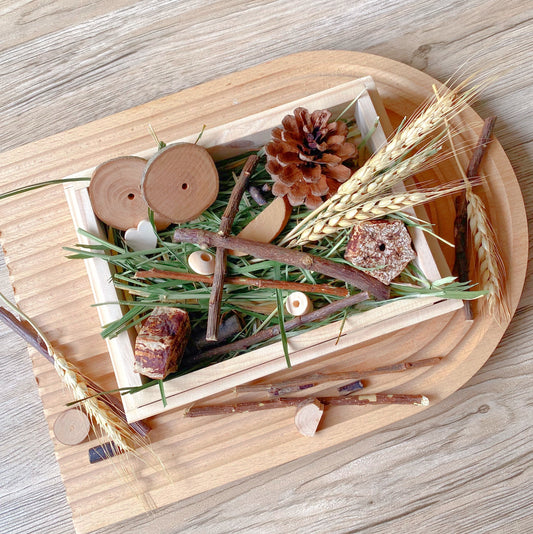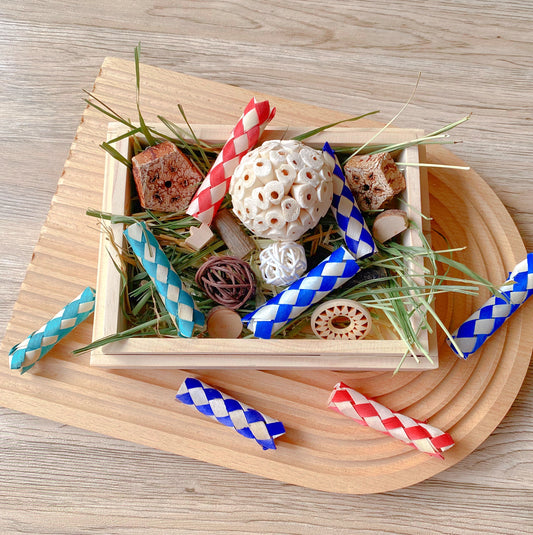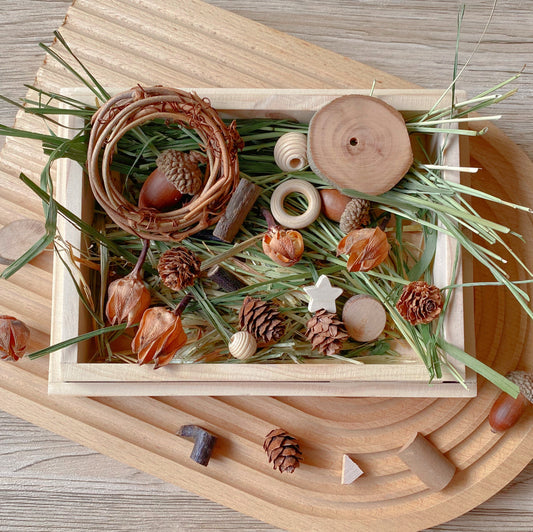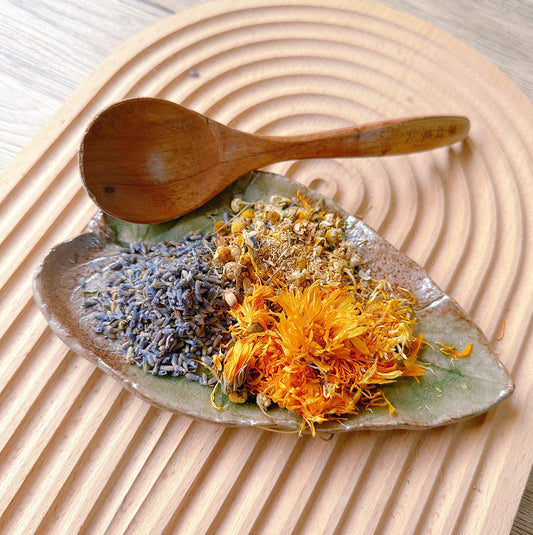Disclosure: As an Amazon Associate I earn from qualifying purchases. Some of the links below are affiliate links. This means that, at zero cost to you, I will earn an affiliate commission if you click through the link and finalize a purchase. Read more about this on this page.
Welcome to the fascinating world of green-cheeked conures! These small, vibrant parrots, known scientifically as Pyrrhura molinae, are among the most popular pet birds, cherished for their playful personalities and striking plumage. Native to South America, green-cheeked conures have captured the hearts of bird enthusiasts worldwide with their charming antics and affectionate demeanor.
In this article, we'll delve into the essentials of caring for green-cheeked conures, covering everything from their natural habitat and dietary needs to socialization, health care, and breeding. Whether you're a seasoned avian enthusiast or considering adopting one of these delightful birds, this guide will provide valuable insights into creating a nurturing environment for your feathered friend.
Jump To Section:
- Where Green-cheeked Conures Live In Nature
- Physical Characteristics of Green-cheeked Conures
- Green-cheeked Conure Behavior and Personality
- Green-cheeked Conures' Dietary Requirements
- Housing and Environmental Needs
- Socialization and Interaction with Green-cheeked Conures
- Green-cheeked Conures' Health and Lifespan
- Breeding and Reproduction
- Conclusion
Where Green-cheeked Conures Live In Nature
Green-cheeked conures, also known as Pyrrhura molinae, are native to South America. They predominantly inhabit the forests and woodlands of countries like Brazil, Argentina, Bolivia, and Paraguay. These birds thrive in a variety of habitats, ranging from dense, humid jungles to dry forest areas. The adaptability of green-cheeked conures to different types of forests is notable, as they can be found at various altitudes, from lowland areas to mountainous regions such as cloud forests.
In their natural habitat, green-cheeked conures are often observed in flocks, which can sometimes include hundreds of birds. These flocks are typically more prominent during non-breeding seasons, as they roost and forage together. Their natural environment offers a rich biodiversity, providing them with a variety of fruits, seeds, and insects, which constitute their diet in the wild.
Green-cheeked conures have adapted well to these diverse environments, showcasing their resilience and versatility as a species. Despite their adaptability, habitat loss due to deforestation and human activities poses a significant threat to their natural populations.
Physical Characteristics of Green-cheeked Conures
Green-cheeked conures are small to medium-sized parrots, known for their vibrant and varied plumage. They typically measure around 10 inches (26 centimeters) in length, including their long, tapered tail feathers. An adult green-cheeked conure weighs between 60 to 80 grams, making them lightweight and agile.
The most striking feature of these birds is their colorful plumage. They have primarily green feathers over their body, which blend into a darker green on the wings and back. The feathers on their head and face are a mix of green and gray, with distinctive bright green cheeks, hence their name. The breast feathers are grayish, transitioning into a vibrant red on the belly. The tail feathers are maroon in color.
Their beaks are short, curved, and strong, suited for cracking nuts and seeds, which are staples in their diet. Their feet are zygodactyl, meaning they have two toes pointing forward and two backward, which aids in climbing and grasping food.
In the pet trade, green-cheeked conures are often prized for their various color mutations, which add to their visual appeal. Besides their natural plumage, these conures can exhibit mutations like cinnamon, yellow-sided, turquoise, and the particularly striking pineapple mutation. The cinnamon mutation softens their green feathers to a warm, cinnamon-brown hue, while the yellow-sided mutation enhances the yellow and red colors on the sides and belly. The turquoise mutation replaces much of the green with a captivating bluish tint, especially noticeable on the wings and back. The pineapple mutation is a combination of the cinnamon and yellow-sided traits, resulting in birds with a mix of yellow, red, and lighter green feathers, creating a truly vibrant and unique appearance. These color variations, developed through selective breeding, have made them even more popular as pets for their diverse and striking colors.
 IImage of conure mutations by artist Aleatorik on DeviantArt
IImage of conure mutations by artist Aleatorik on DeviantArtOverall, the physical appearance of green-cheeked conures makes them not only charming but also helps them adapt and survive in their natural habitats.
Green-cheeked Conure Behavior and Personality
Green-cheeked conures are known for their playful and affectionate nature, making them popular pets. They are highly social birds, often seeking interaction and bonding closely with their human families. In the wild, these conures are active and social, typically seen in small flocks, and this social behavior carries over into their lives as pets.
These conures are quite intelligent and curious, often exploring their surroundings with enthusiasm. They love to play and can be quite mischievous, which requires owners to provide them with a variety of toys and activities to keep them engaged. Their playful nature also means they enjoy learning tricks and can be trained to perform simple tasks.
Green-cheeked conures are also known for their vocal abilities. While they are not as loud as some larger parrot species, they do enjoy mimicking sounds and can learn to mimic human speech to a certain extent. They have a range of vocalizations that they use to express themselves, from soft chirps to louder calls.
Despite their small size, these conures have a big personality. They can be very affectionate, often enjoying cuddles and scratches from their human companions. However, like all parrots, they require attention and social interaction to remain happy and healthy. Neglect can lead to behavioral issues such as feather plucking or excessive noise.
Green-cheeked Conures and Nipping
Many green-cheeked conure owners have shared anecdotal experiences about their birds' tendency to be nippy. This behavior is often a form of play or a means of communication for these conures. They may gently nibble or nip at their owners as a way to interact or express themselves. However, it's important to note that sometimes this nipping can become quite hard and may unintentionally hurt the owner. This behavior requires mindful management. Owners should understand that this is a natural behavior for these birds and not necessarily a sign of aggression. Training and positive reinforcement can be used to manage and reduce hard nipping. It's also essential for owners to recognize the signs of their bird's mood and respond accordingly, as nipping can sometimes be a response to overstimulation or discomfort. My own pineapple conure, Pepito, loves nipping my fingers and ears as a form of play and exploration. It can get really painful!
In summary, green-cheeked conures are charming, intelligent, and social birds that thrive on interaction and mental stimulation. They make delightful companions for those who can meet their social and environmental needs.
Green-cheeked Conures' Dietary Requirements
The diet of green-cheeked conures is crucial for their health and well-being. In the wild, these birds consume a variety of seeds, fruits, nuts, and occasionally insects. A balanced diet for a captive green-cheeked conure should closely mimic this natural diet.
A good base diet for these conures should consist of high-quality pellet food, which provides a balanced mix of essential nutrients. Pellets are preferred over a seed-only diet, as seeds can be high in fat and lack certain vitamins and minerals necessary for the bird's health. However, seeds can still be offered in moderation as a treat.
Fresh fruits and vegetables are vital for providing vitamins, minerals, and fiber. Safe and healthy options include apples, berries, carrots, leafy greens, and bell peppers. It's important to avoid avocado, chocolate, caffeine, and alcohol, as these are toxic to birds.
Occasional treats like nuts and cooked beans can be given, but in moderation due to their high fat content. It's also beneficial to offer a variety of foods to ensure a well-rounded diet and to prevent boredom.
Clean, fresh water should always be available. It's recommended to change the water daily and clean the water dish to prevent the growth of bacteria.
Proper nutrition is key to maintaining the health, feather quality, and overall vitality of green-cheeked conures. A varied and balanced diet will help ensure that these birds live a long and healthy life.
Housing and Environmental Needs
Creating an appropriate and stimulating environment is crucial for your conure's health and happiness. Here are some considerations for housing and environment setup for your bird.
Cage Size and Setup
For green-cheeked conures, a spacious cage is essential for their physical and mental well-being. The cage should be large enough for them to stretch their wings, climb, and play. A minimum size of 24 inches long, 24 inches wide, and 30 inches high is recommended, but bigger is always better. The bar spacing should be no more than 3/4 inch to prevent the bird from getting its head stuck or escaping.
Inside the cage, perches of various diameters should be provided to exercise their feet and prevent foot problems. Natural wood perches are ideal as they mimic the uneven surfaces found in nature. The cage should be equipped with food and water dishes, placed at different levels to encourage movement.
Toys and Mental Stimulation
Green-cheeked conures are intelligent and active birds that require mental stimulation. A variety of toys should be provided to keep them entertained and prevent boredom. Toys can include chewable wood, natural (not cotton or fabric) ropes, palm leaves for shredding, and puzzles that can be manipulated or foraged. Rotating the toys regularly will keep the environment interesting and engaging for the bird.
Ensure that all toys are safe and free from small parts that could be ingested, and cotton rope and fibers or long strings or loops that could entangle the bird.
Light and Temperature
Conures need exposure to natural sunlight or full-spectrum lighting for vitamin D synthesis and overall health. The cage should be placed in a well-lit area but not in direct sunlight to avoid overheating. The room temperature should be comfortable for humans, avoiding extreme cold or hot conditions. Avoid placing the cage near drafts, air conditioners, or heaters.
Environmental Safety
The environment should be safe and free from hazards. Toxic plants, fumes from non-stick cookware, and household chemicals should be kept away from the bird’s area. Windows and mirrors should be made bird-safe to prevent injury from collisions. Additionally, the cage should be placed in a quiet, secure area where the bird can observe family activities without being in the midst of high traffic or noisy environments.
Ensuring a safe, stimulating, and comfortable environment is essential for the health and happiness of a green-cheeked conure.
Socialization and Interaction with Green-cheeked Conures
Green-cheeked conures are highly social birds that thrive on interaction and companionship. Socialization is key to their mental health and overall well-being. Regular interaction with their human family helps them stay engaged and prevents behavioral issues like feather plucking or excessive screaming.
Regular Interaction: It's important to spend quality time with your green-cheeked conure daily. This can include talking to them, gentle handling, and allowing them supervised out-of-cage time in a safe environment. They enjoy being part of family activities and should be included as much as possible.
Training: These intelligent birds can learn a variety of tricks and commands. Training sessions not only provide mental stimulation but also strengthen the bond between the bird and its owner. Positive reinforcement techniques, such as using treats and praise, are effective in training conures.
Handling and Touch: Green-cheeked conures often enjoy being scratched and petted, especially around their head and neck. However, it's important to read the bird's body language and respect its boundaries. Some may not enjoy being touched or may only prefer it at certain times.
Socialization with Other Birds: If possible, providing socialization opportunities with other birds can be beneficial, especially if the conure spends long periods alone. However, introductions should be done carefully and under supervision to ensure compatibility and prevent aggression.
Environmental Enrichment: In addition to social interaction, environmental enrichment is crucial. This includes providing toys, foraging opportunities, and changing the cage's layout periodically to keep the environment stimulating.
Remember, each green-cheeked conure has its own personality, and what works for one may not work for another. Observing and understanding your conure's individual preferences and needs is crucial in developing a strong and loving relationship.
Green-cheeked Conures' Health and Lifespan
Green-cheeked conures are generally robust birds, but like all pets, they require proper care to maintain their health. With good care, these birds can live for 15 to 20 years, and sometimes even longer.
Regular Veterinary Care: Routine check-ups with an avian veterinarian are essential for early detection and treatment of potential health issues. Annual visits are recommended, although more frequent check-ups may be necessary for older birds or those with existing health conditions.
Diet and Nutrition: As discussed earlier, a balanced diet is crucial. Malnutrition can lead to a host of health problems, including feather disorders, obesity, and vitamin deficiencies.
Exercise: Adequate exercise is vital for maintaining physical health and preventing obesity. Out-of-cage time for flying or playing in a safe, supervised environment should be provided daily.
Mental Health: Mental well-being is just as important as physical health. Stress, boredom, and loneliness can lead to behavioral problems like feather plucking and self-mutilation. Regular interaction, mental stimulation, and a comfortable environment are key to preventing these issues.
Common Health Problems: Green-cheeked conures can be prone to certain health issues, such as respiratory infections, feather diseases, and beak and claw disorders. Being alert to any changes in behavior, appetite, or appearance can help in early detection of health problems.
Cleanliness: Keeping the cage and accessories clean is essential to prevent the spread of diseases. Regular cleaning of the cage, food and water dishes, and toys is necessary.
Breeding and Reproduction
Breeding green-cheeked conures requires careful consideration and preparation. These birds reach sexual maturity around one to two years of age, but it's often advisable to wait until they are at least two years old before breeding.
Pairing: Green-cheeked conures often form strong pair bonds. When selecting a breeding pair, it's important to observe their compatibility. Compatible pairs often display mutual preening, feeding, and other bonding behaviors.
Nesting Box: Provide a suitable nesting box, which should be large enough for the female to move around comfortably. The box should be placed in a quiet and secure area of the cage to provide privacy.
Egg Laying and Incubation: The female typically lays between 4 to 6 eggs, which she will incubate for about 22-25 days. During this time, the male may feed the female in the nest.
Chick Care: Once the chicks hatch, both parents usually participate in feeding and caring for them. It's important to monitor the health of the chicks and the behavior of the parents, especially if they are first-time breeders.
Weaning and Fledging: The chicks will start to wean and leave the nest at around 7 to 8 weeks of age. During this period, they should be provided with a diet suitable for their developmental stage.
Breeding Considerations: Breeding green-cheeked conures should not be undertaken lightly. Potential breeders should be knowledgeable about their care, diet, and the signs of common health problems. Overbreeding should be avoided to ensure the health of the female.
Legal and Ethical Considerations: Always be aware of and comply with local regulations regarding the breeding and selling of birds. For instance, in Singapore, while it is not illegal to breed birds, it is illegal to sell them without a license. Responsible breeding practices are essential for the welfare of the birds.
Breeding green-cheeked conures can be a rewarding experience but requires a commitment to providing the best possible care for the parent birds and their offspring.
Conclusion
In conclusion, green-cheeked conures are captivating and affectionate birds that make wonderful companions for the right owners. Their vibrant personalities, intelligence, and playful nature have endeared them to bird enthusiasts around the world. However, owning a green-cheeked conure is a significant commitment that should not be taken lightly. These birds require dedicated care, including a balanced diet, a spacious and stimulating environment, regular veterinary check-ups, and, most importantly, daily social interaction and mental stimulation.
Their longevity means adopting a green-cheeked conure is a long-term commitment. Prospective owners should carefully consider their ability to meet these birds' needs over the long term. For those who can provide the right environment and care, green-cheeked conures offer an unparalleled opportunity to share a deep and rewarding bond with a feathered friend.
As with any pet, education and preparation are key. By understanding and respecting their natural behaviors and needs, owners can ensure their green-cheeked conures live happy, healthy, and fulfilling lives.





